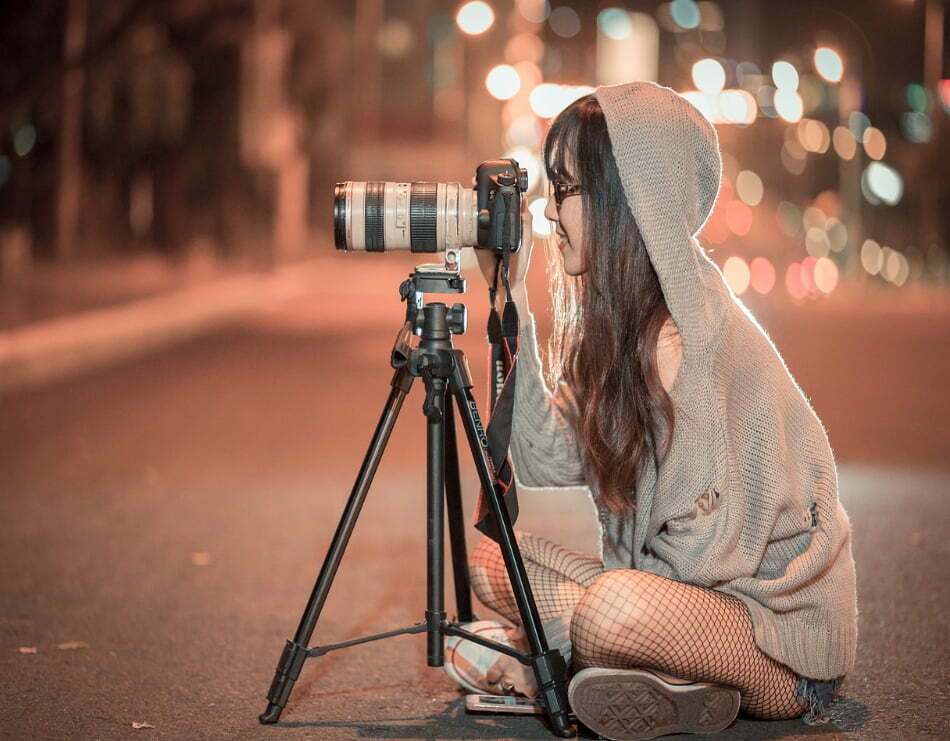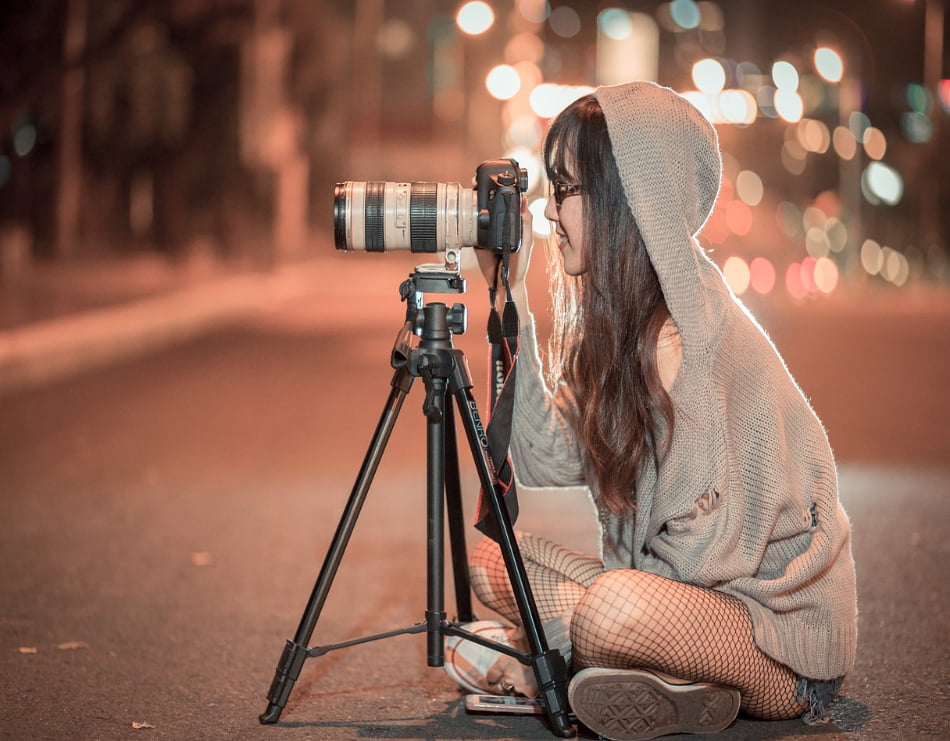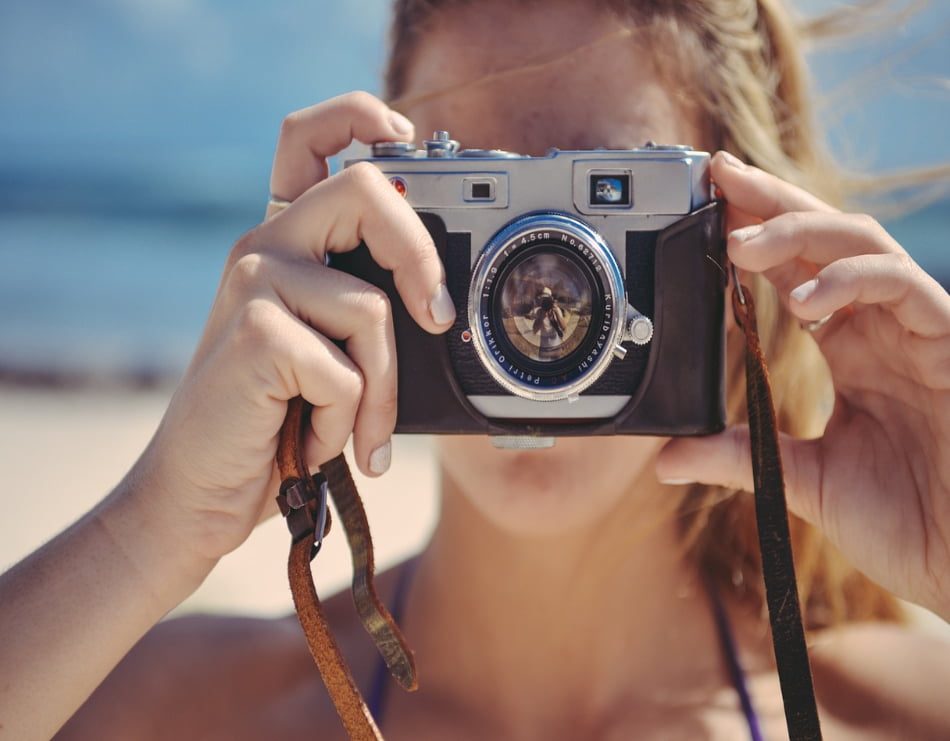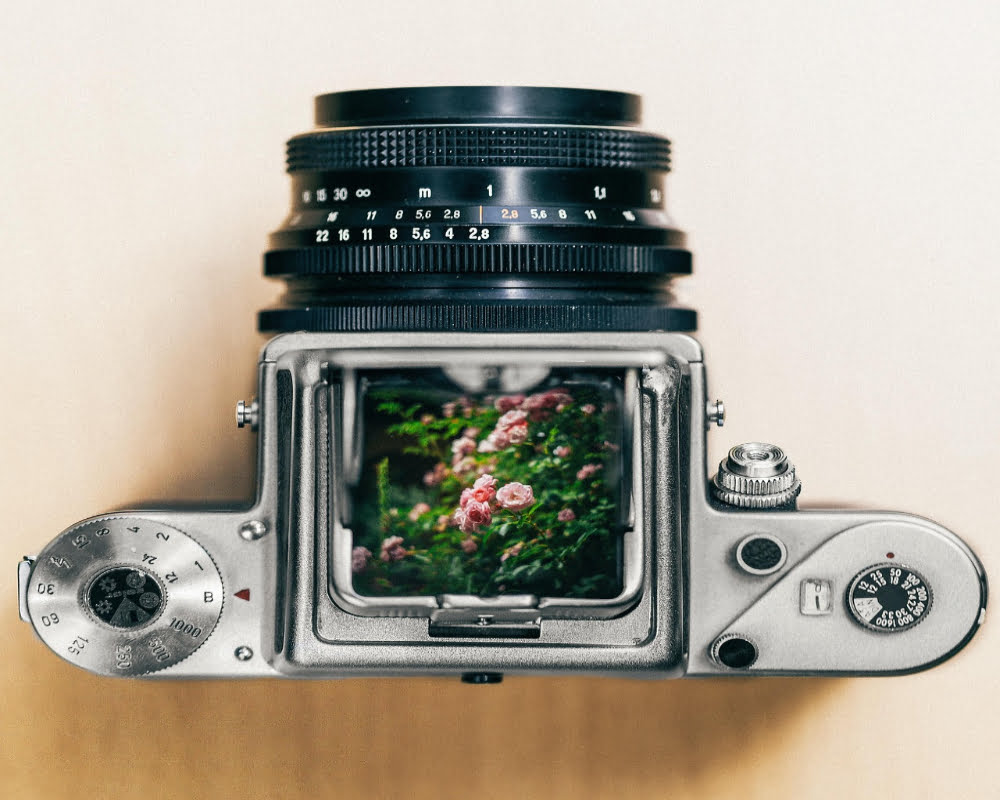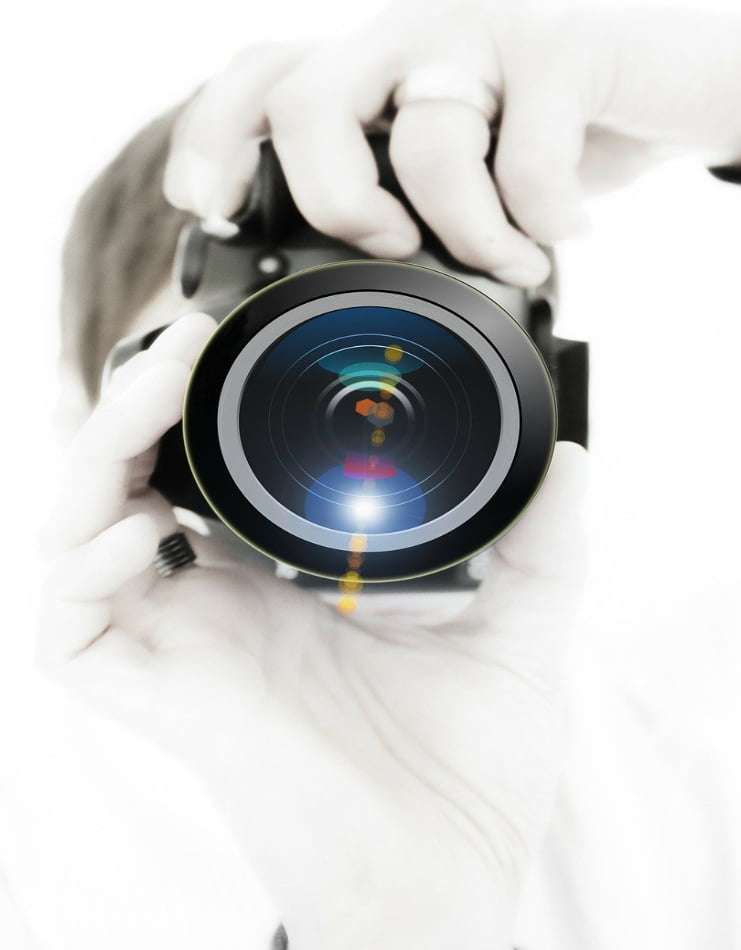
Introduction
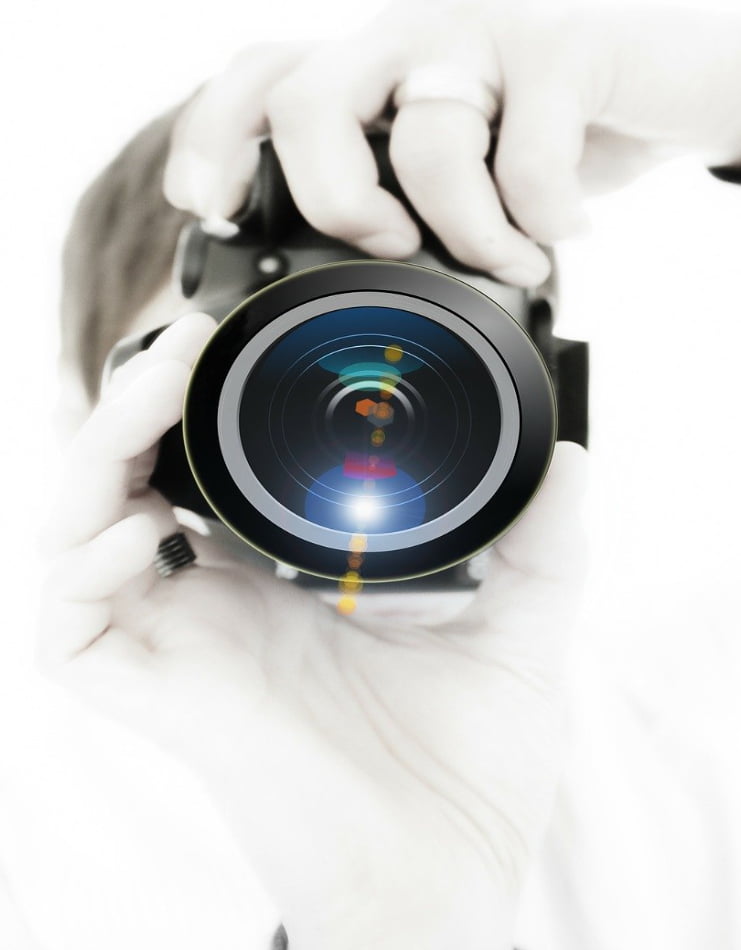
“Discover the world of professional photography and videography with our top 5 camera recommendations. From the Nikon D850 DSLR Camera’s exceptional image quality to the Sony Alpha a7 III Mirrorless Camera’s balance of speed and low-light performance, these cameras are designed to meet the needs of enthusiasts and professionals alike. The Canon EOS 5D Mark IV DSLR Camera impresses with its versatile features, while the Fujifilm X-T4 Mirrorless Camera offers cutting-edge technology and a retro-inspired design. Lastly, the Panasonic Lumix GH5S Mirrorless Camera stands out for its specialized capabilities in videography and low-light photography. Explore our detailed reviews to find the perfect camera for your creative journey.”
Features
Here are some short features commonly found in cameras:
High-resolution sensor for detailed images.
Fast and accurate autofocus system.
Image stabilization to reduce camera shake.
4K UHD video recording for high-quality videos.
Burst shooting for capturing fast-action scenes.
Weather sealing for durability in challenging conditions.
Vari-angle touchscreen or articulating LCD for flexible framing.
Wireless connectivity for easy image transfer and remote control.
These features enhance the overall performance and versatility of the camera, allowing you to capture stunning photos and videos with ease.
Best 5 Camera details
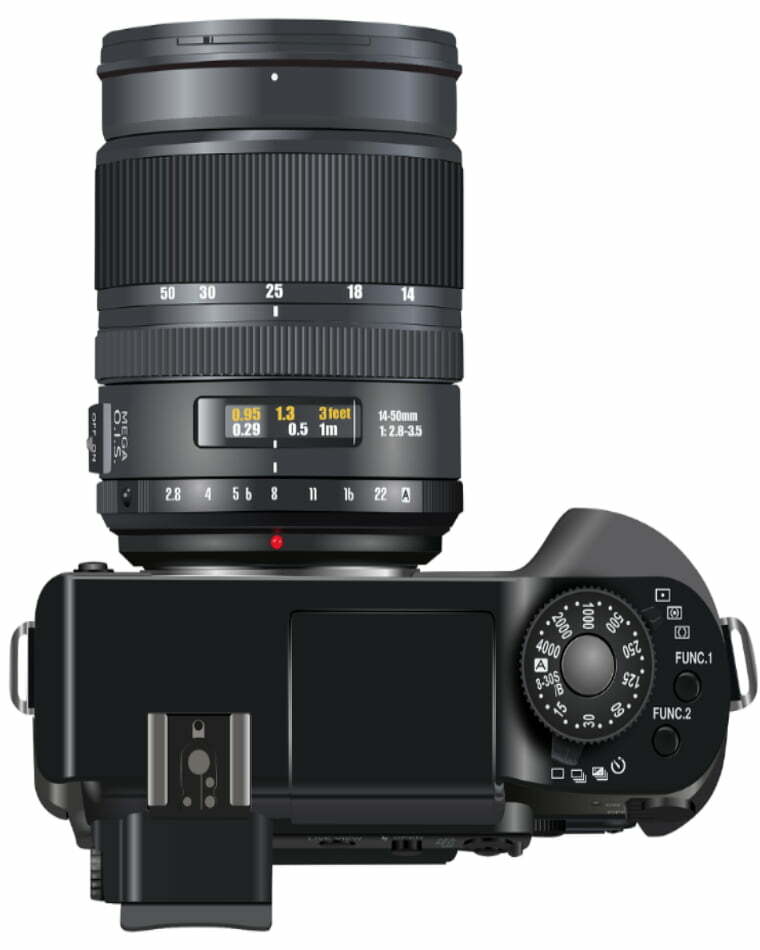
- Nikon D850 DSLR Camera
The Nikon D850 DSLR camera is a professional-grade powerhouse that excels in both still photography and videography. With its impressive 45.7-megapixel full-frame sensor, it captures stunningly detailed images with exceptional dynamic range. The D850’s advanced autofocus system ensures razor-sharp focus, even in challenging lighting conditions.
This camera’s 4K UHD video capabilities make it a top choice for videographers. It offers full-pixel readout without pixel binning, resulting in high-resolution footage with excellent clarity. Additionally, the D850 supports slow-motion recording and features built-in time-lapse and interval shooting modes.
With its rugged magnesium alloy body and weather sealing, the D850 is built to withstand demanding shooting environments. The ergonomic design and intuitive controls make it a pleasure to use, even during extended sessions. The camera’s high-resolution 3.2-inch tilting touchscreen and optical viewfinder provide flexible composition options.
Overall, the Nikon D850 is a versatile and reliable camera that delivers exceptional image quality and performance, making it a top choice for professional photographers and videographers. - Sony Alpha a7 III Mirrorless Camera
The Sony Alpha a7 III is a highly capable mirrorless camera that offers a perfect balance between resolution, speed, and low-light performance. Its 24.2-megapixel full-frame sensor delivers impressive image quality with excellent detail and rich colors. The a7 III’s advanced BIONZ X image processor ensures fast processing speeds and low noise levels, even at high ISO settings.
This camera’s 693-point autofocus system covers a wide area of the frame and offers excellent subject-tracking capabilities. It also features in-body image stabilization, which compensates for camera shake and allows for sharper handheld shots. The a7 III can shoot continuously at up to 10 frames per second, making it ideal for capturing fast-action scenes.
The a7 III supports 4K UHD video recording, utilizing the full width of its sensor for detailed footage with enhanced depth and clarity. It offers various picture profiles and S-Log gamma settings for advanced videography needs. The camera also has a tilting touchscreen and a high-resolution electronic viewfinder for versatile composition options.
With its compact and lightweight design, the Sony Alpha a7 III is a great choice for photographers on the go. Its excellent image quality, advanced autofocus, and versatile video capabilities make it a top pick for both enthusiasts and professionals. - Canon EOS 5D Mark IV DSLR Camera
The Canon EOS 5D Mark IV is a popular choice among professional photographers seeking a reliable and versatile DSLR camera. It features a 30.4-megapixel full-frame sensor that delivers superb image quality with impressive detail and low noise levels. The 5D Mark IV’s DIGIC 6+ image processor ensures fast performance and excellent color reproduction.
With its advanced 61-point autofocus system, this camera excels at capturing subjects with precision and accuracy, even in low-light conditions. It also offers a dual-pixel CMOS AF system for smooth and accurate focus during live view and video recording. The 5D Mark IV can shoot up to 7 frames per second, making it suitable for various photography genres.
In terms of video capabilities, the 5D Mark IV supports 4K UHD recording with advanced focus tracking and excellent dynamic range. It also provides multiple video output options, including HDMI and headphone jacks, for enhanced flexibility in post-production workflows. The camera features a large and bright optical viewfinder for a traditional shooting experience.
Built to withstand tough conditions, the Canon EOS 5D Mark IV boasts a durable magnesium alloy body with weather sealing. It also has a 3.2-inch touchscreen for easy menu navigation and image playback. With its reliable performance and robust feature set, this camera is a top contender for professional photographers. - Fujifilm X-T4 Mirrorless Camera
The Fujifilm X-T4 is a high-performance mirrorless camera that combines cutting-edge technology with a retro-inspired design. It features a 26.1-megapixel APS-C sensor that delivers outstanding image quality with Fujifilm’s signature color reproduction. The X-T4’s X-Processor 4 ensures fast and responsive performance, allowing for quick autofocus and continuous shooting at up to 15 frames per second.
This camera’s autofocus system employs intelligent hybrid AF with phase detection and contrast detection, resulting in precise and reliable subject tracking. It also offers in-body image stabilization for up to 6.5 stops of shake reduction, enabling handheld shooting in challenging conditions. The X-T4’s intuitive controls and tactile dials provide a seamless shooting experience.
For videographers, the X-T4 offers 4K UHD recording at up to 60 frames per second, with the option to record in 10-bit 4:2:0 internal or 10-bit 4:2:2 external formats. It provides various film simulation modes and F-Log recording for enhanced creative control. The camera’s vari-angle touchscreen and high-resolution electronic viewfinder offer flexible composition options.
With its robust construction and weather resistance, the Fujifilm X-T4 is well-suited for adventurous photographers. It features dual SD card slots for extended storage and offers long battery life for extended shooting sessions. Whether you’re a professional or an enthusiast, the X-T4 delivers exceptional performance and image quality. - Panasonic Lumix GH5S Mirrorless Camera
The Panasonic Lumix GH5S is a specialized mirrorless camera designed for professional videography and low-light photography. It features a 10.2-megapixel Four-Thirds sensor with dual native ISO technology, enabling excellent low-light performance with reduced noise levels. The GH5S’s Venus Engine 10 image processor ensures fast and accurate processing for both stills and videos.
This camera’s advanced DFD autofocus system offers quick and precise subject tracking, even in challenging lighting conditions. It also provides in-body image stabilization for up to 5 stops of shake reduction, resulting in sharp handheld shots. The GH5S can shoot at up to 14 frames per second, making it suitable for capturing fast-moving subjects.
When it comes to video capabilities, the GH5S shines with its ability to record cinema-quality 4K UHD footage at up to 60 frames per second. It supports multiple professional video formats, including 4:2:2 10-bit internal recording and V-Log L gamma profile. The camera also features timecode in/out for multi-camera synchronization and anamorphic shooting modes.
The Panasonic Lumix GH5S boasts a rugged magnesium alloy body with extensive weather sealing, ensuring durability in harsh shooting environments. It has a high-resolution electronic viewfinder and a vari-angle touchscreen for easy composition and menu navigation. For professional videographers and low-light enthusiasts, the GH5S is a top-notch choice.
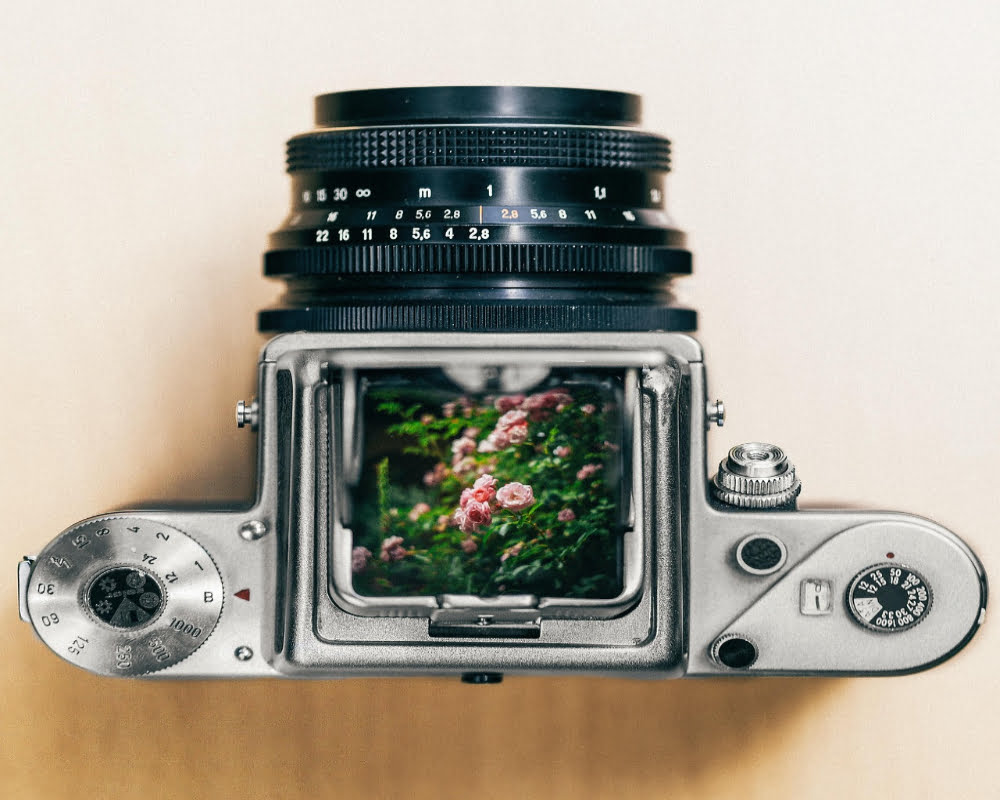
Buying Guide
Here’s a buying guide to help you navigate the process of purchasing a camera:
Determine Your Needs: Assess your photography goals and requirements. Are you a beginner looking for a versatile camera or an experienced photographer with specific needs? Consider factors like image quality, shooting style, portability, and budget.
Choose the Camera Type: Decide between DSLR, mirrorless, or compact cameras. DSLRs offer versatility and advanced features, mirrorless cameras provide a balance of performance and portability, while compact cameras are compact and convenient for everyday use.
Sensor Size and Megapixels: Consider the sensor size and megapixel count. Larger sensors generally capture more light, resulting in better image quality and low-light performance. Higher megapixels offer more detail but may require larger file storage.
Lens Compatibility: If you plan to expand your lens collection, ensure that the camera supports a range of compatible lenses. Consider the availability and cost of lenses for the camera system you choose.
Autofocus System: Evaluate the autofocus system’s speed, accuracy, and coverage. Look for cameras with advanced autofocus technologies and a sufficient number of focus points to suit your shooting needs.
Image Stabilization: Determine if in-body or lens-based image stabilization is essential for your photography style. Image stabilization helps reduce camera shake, resulting in sharper images, particularly in low-light conditions or when using longer focal lengths.
Video Capabilities: If you’re interested in videography, consider cameras with 4K UHD video recording, frame rate options, and additional video features like log profiles or external microphone inputs.
Ergonomics and Controls: Ensure the camera feels comfortable in your hands and has intuitive controls. Consider factors like button layout, touchscreen functionality, and menu navigation for ease of use.
Battery Life and Accessories: Check the camera’s battery life and the availability of spare batteries. Also, consider accessory options such as external flashes, tripods, or remote controls that may be important for your photography needs.
Budget and Value for Money: Set a budget and compare camera models within your price range. Consider the features, performance, and long-term value of the camera to make an informed decision.
Research and Read Reviews: Read reviews, watch sample images and videos, and compare specifications of shortlisted cameras. Online forums and expert reviews can provide valuable insights and user experiences.
By following this buying guide, you can select a camera that aligns with your photography goals, suits your shooting style, and offers excellent value for your investment.

FAQ
Here are some frequently asked questions (FAQs) about buying cameras:
What is the difference between a DSLR and a mirrorless camera?
DSLR (Digital Single-Lens Reflex) cameras use a mirror and prism system to reflect light into an optical viewfinder, while mirrorless cameras do not have a mirror and use electronic viewfinders or rear LCD screens. Mirrorless cameras tend to be more compact and offer faster autofocus, while DSLRs often have longer battery life and a wider selection of lenses.
What should I consider when choosing the right lens for my camera?
Consider factors like the lens’s focal length, maximum aperture, image stabilization, and compatibility with your camera system. The lens you choose depends on your photography style and subjects, whether it’s wide-angle for landscapes, telephoto for wildlife, or prime lenses for low-light or portrait photography.
How important is the megapixel count in a camera?
While the megapixel count is important for image detail and the ability to print large images, it’s not the sole determinant of image quality. Factors like sensor size, image processing, and lens quality also contribute to overall image performance. Megapixels become more significant when you need to crop or make significant enlargements.
Should I prioritize image quality or portability?
It depends on your needs and preferences. If image quality is a top priority and you’re willing to carry larger gear, DSLRs or higher-end mirrorless cameras with larger sensors may be suitable. However, if portability is essential, compact mirrorless or point-and-shoot cameras can offer convenience without compromising too much on image quality.
How do I choose between different autofocus systems?
Consider the autofocus speed, accuracy, and coverage. Look for cameras with advanced autofocus technologies, such as phase detection or hybrid autofocus systems, which excel at subject tracking and perform well in different lighting conditions. It’s also helpful to read reviews and try out the autofocus performance in person if possible.
Should I buy a camera body only or a kit with lenses?
It depends on your needs and budget. Buying a camera as a kit can be a cost-effective option if you don’t already have compatible lenses. However, if you already have specific lenses in mind or prefer higher-quality lenses, purchasing the camera body separately and investing in lenses separately might be a better choice.
What accessories should I consider purchasing with a camera?
Some essential accessories include extra batteries, memory cards, a camera bag or case, a tripod, and lens filters. Other accessories like external flashes, remote controls, and camera straps can also enhance your shooting experience. Consider your specific needs and shooting style to determine which accessories are most important.
These FAQs provide general guidance and information for purchasing a camera. Remember to research and consider your specific needs and preferences to make the best decision for your photography journey.
